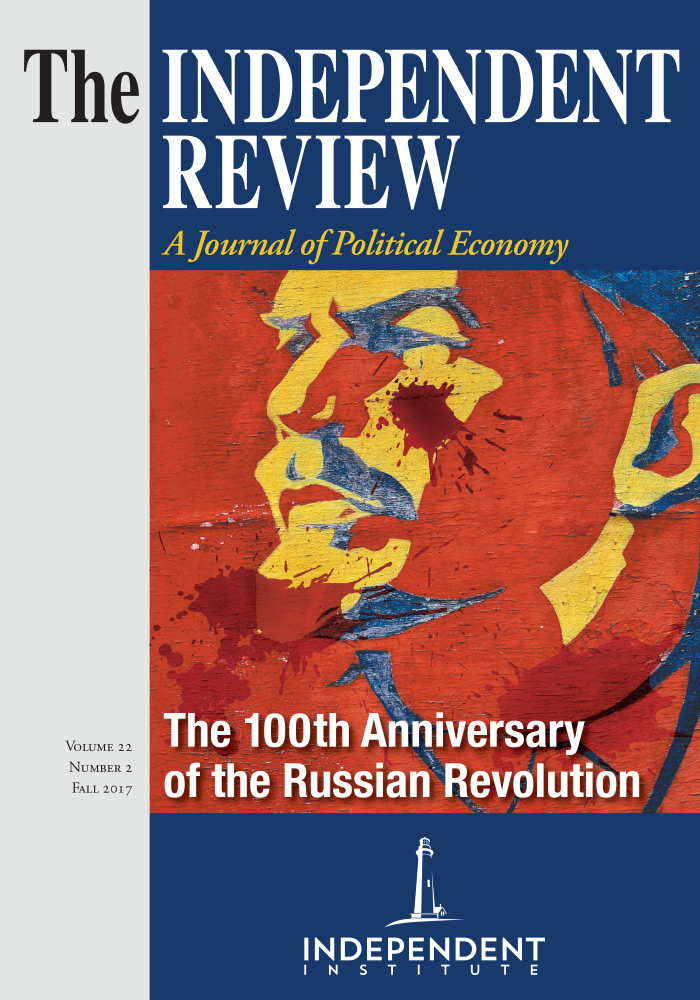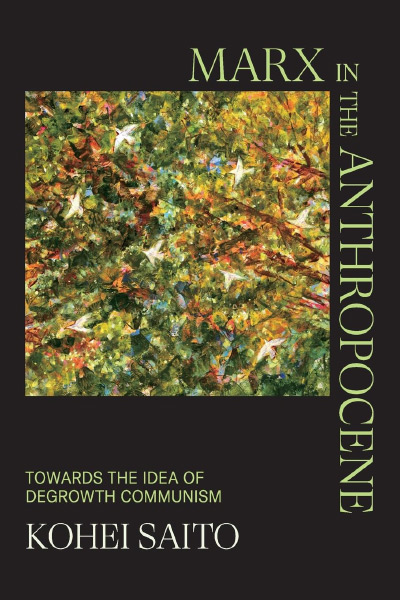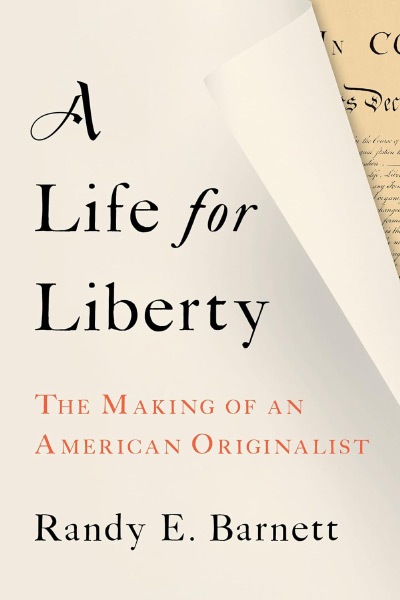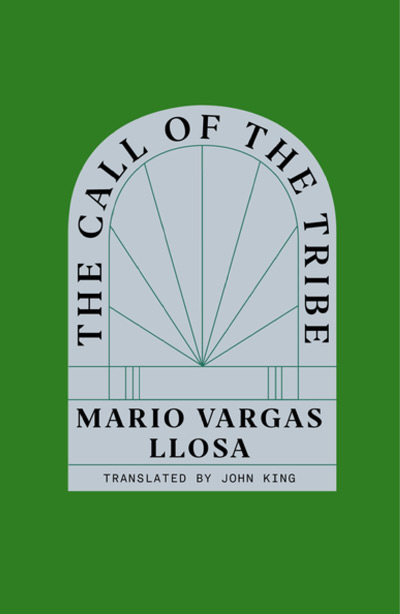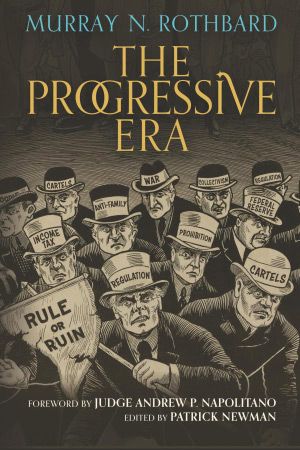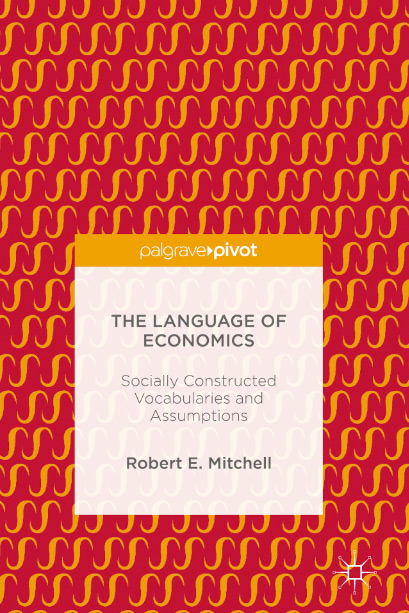Vlad Tarko’s Elinor Ostrom: An Intellectual Biography belongs on your bookshelf right next to Ostrom’s Governing the Commons: The Evolution of Institutions for Collective Action (Cambridge University Press, 1990). In addition to presenting Ostrom as a model of intellectual curiosity and careful scholarship, Tarko manages to bring an extraordinary degree of conceptual clarity to a complicated research program: the study of institutions as complex systems of rules-in-use that come to exist through a combination of deliberate craft and unintended consequence.
The bulk of Tarko’s intellectual biography is organized around five of the most significant research areas contributed to by Elinor Ostrom and her collaborators: local public economies, polycentric organization, solutions to the tragedy of the commons, the design of enduring institutions, and the question of whether or not better rules can be created through reflection and choice. A particularly valuable element of Tarko’s presentation is that for each research question, he clearly connects its philosophical and theoretical underpinnings with the choice of research method. In so doing, he illuminates the cohesiveness of Ostrom’s lifetime of research, providing important contextual glue for the masses of empirical research generated by Ostrom and her colleagues.
Chapter One introduces Ostrom’s research on local public economics, including her many years of inquiry into the provision of policing services and whether or not they could be improved through consolidation into supersized policing districts. Years of careful field studies and empirical research demonstrated that small police departments were indeed better at minimizing unnecessary duplication and responding to citizens’ needs than generally presumed. This chapter includes an especially careful, point-by-point, presentation of the connection between the research question, the choice of method, and Ostrom’s philosophy on learning and the advancement of knowledge. This makes the chapter useful for anyone conducting research on police or local public goods, but also for anyone struggling to understand how to cleanly approach an empirical question without abandoning a theoretical appreciation of the complicated nature of attempts at self-governance made by epistemically limited actors in a complex world.
Chapter Two addresses the theory of polycentric organization. Tarko gently introduces this thorny concept by articulating the puzzle it is intended to resolve: how do individuals and groups who operate in arenas without clear price signals manage to coordinate and resolve disagreements without devolution to pure chance or schoolyard justice, with the biggest bully taking all? Tarko cautions that the answer won’t be easy because the question is complex, and as is true of other types of decentralized organization, the findings are often counterintuitive. Only after going through several examples of polycentric systems does Tarko offer a general statement of the key characteristic of a polycentric order:
Polycentric systems are characterized by many autonomous decision centers which are formally independent but functionally interdependent. What we mean by “functionally interdependent” is simply that the decision centers create significant externalities upon each other, which makes it necessary for them to develop some overarching rules governing their interactions... Depending on the nature of these overarching rules, the polycentric system generates a more or less successful emergent order (p. 64).
This definition has at its core the purpose and function of polycentric systems rather than the list of descriptive elements that is sometimes offered as a definition. By situating Ostrom’s applied research in the context of its original theoretical puzzle and once again putting the transaction costs reducing nature of institutions at the center of analysis, Tarko offers a bridge for economists and other social scientists to use to derive greater understanding of that portion of her work that may without context seem to be purely descriptive.
Chapter Three discusses Ostrom’s analysis of the variety of ways that individuals have managed to extricate themselves from the tragedy of the commons. Ostrom proposed that individuals themselves could “change the game” (p. 76) in order to intentionally alter what they and others in their community would perceive as the optimal strategy, rather than simply waiting around for a third party rescue. In this chapter, Tarko productively connects Ostrom’s insights about the diversity of different systems of rules that are capable of existing in the social world to the economic theories of property rights developed by Harold Demsetz (“Toward a Theory of Property Rights.” American Economic Review [1967] 57 (2): 347–59) and Armen Alchian (“Some Economics of Property Rights.” Il Politico [1965] 30 (4): 816–29). For Alchian and Demsetz, “The key idea is that property is not a relationship between a thing and a person (or group), but a relationship between people about a thing” (p. 83).
Furthermore, these relationships between people about things can be quite complex, with different people having different rights over the same resource according to the context of the situation. This understanding contributed to Ostrom’s choice of method, which in this case was extensive empirical work in order to establish the diversity of property rights regimes created to set and enforce clear expectations over patterns of shared resource use. Overall, the presentation in this chapter provides a clear illustration of the multiple methods approach, with Tarko clearly showing how Ostrom develops her “logic of endogenous institutional change” (p. 100) through the combination of game theory, field work, empirical research, and theories of civil society and self-governance.
Chapter Four raises a set of questions about institutional resilience, a theme that Ostrom addressed throughout her career, since the days of her earliest research on local public economics. In the first part of the chapter, Tarko identifies five different aspects of resilience, all of which are addressed by Ostrom’s research on polycentric systems: (1) absorption capacity, (2) speed of recovery, (3) overoptimization, (4) slippery slopes, and (5) creative destruction (p. 118). In the second part of the chapter, he presents a set of design principles that Ostrom suggested as characteristic of most cases of enduring institutional arrangements for the provision of local public goods and management of common pool resources. The design principles are among the most particular claims that Ostrom made in her career, and, as Tarko notes, there is still significant room for empirical evaluation of the validity and generalizability of the proposed principles.
Chapter Five opens with a discussion of the validity of the “intentional stance” (p. 140). Someone who takes the intentional stance speaks of entities like states and firms as acting, believing, and having goals. They do so as a type of shortcut, economizing on explanatory detail, even though they understand that using language in this way is not quite precise. Tarko argues that the intentional stance is an appropriate form of pragmatism when it does not presume away the question of interest. However, when we have questions about how polycentric systems like markets, local public economies, and decentralized legal systems manage to coordinate the diverse and sometimes mutually conflicting wants of a diverse population, and about how those diverse individuals came up with a set of institutional rules to resolve that conflict, the intentional stance is completely unacceptable. Beliefs in these settings are diverse, not shared; and how these individuals could come to act in concert with each other cannot be presumed, but is instead the question to be answered. As such, to understand these questions, we need to look inside the firm, or the organization, or the system. Tarko argues that this is the impetus behind the Institutional Analysis and Development (IAD) Framework (p. 143). In the discussion that follows, Tarko explains the purpose of the different components of the framework, the relationship between the different representations that have been offered in the literature, and how it can be used to understand nested sets of institutions-within-institutions, i.e. polycentric systems. This discussion and the example application provided will be very useful for anyone who has ever struggled to employ the IAD framework.
In this final chapter, Tarko also contrasts Ostrom’s theorizing with other forms of public choice analysis by highlighting the Bloomington School’s greater appreciation for the role of ideas and ideology in explaining institutional change (p. 158). This raises an important set of questions about the relationship between emergence and design in the creation of institutional rules, and in particular, the role of the institutional or public entrepreneur in bringing about changes in rules. The culmination of this line of thought is that “if we are to understand how societies can establish good rules by reflection and choice, rather than by accident and force, we need to better understand how public entrepreneurship operates” (p. 165).
This is why, as Tarko carefully articulates, the time both Elinor and Vincent Ostrom spent in crafting rules and seeking to understand how others crafted rules was so important to them. They viewed individuals’ efforts to govern themselves as the key to understanding institutions and thereby the key to understanding social organization. Tarko gives good reason to follow them in this project, and makes significant contributions towards understanding how to do so. If that thought appeals, this concise, well-written volume is well worth your attention.
| Other Independent Review articles by Jayme Lemke | |
| Fall 2023 | Karen Vaughn: Building an Austrian Approach to Public Choice |
| Fall 2023 | Chasing Equality: Women’s Rights and U.S. Public Policy |
| Fall 2020 | Withdrawing Consent: Polycentric Defenses against Domination |

